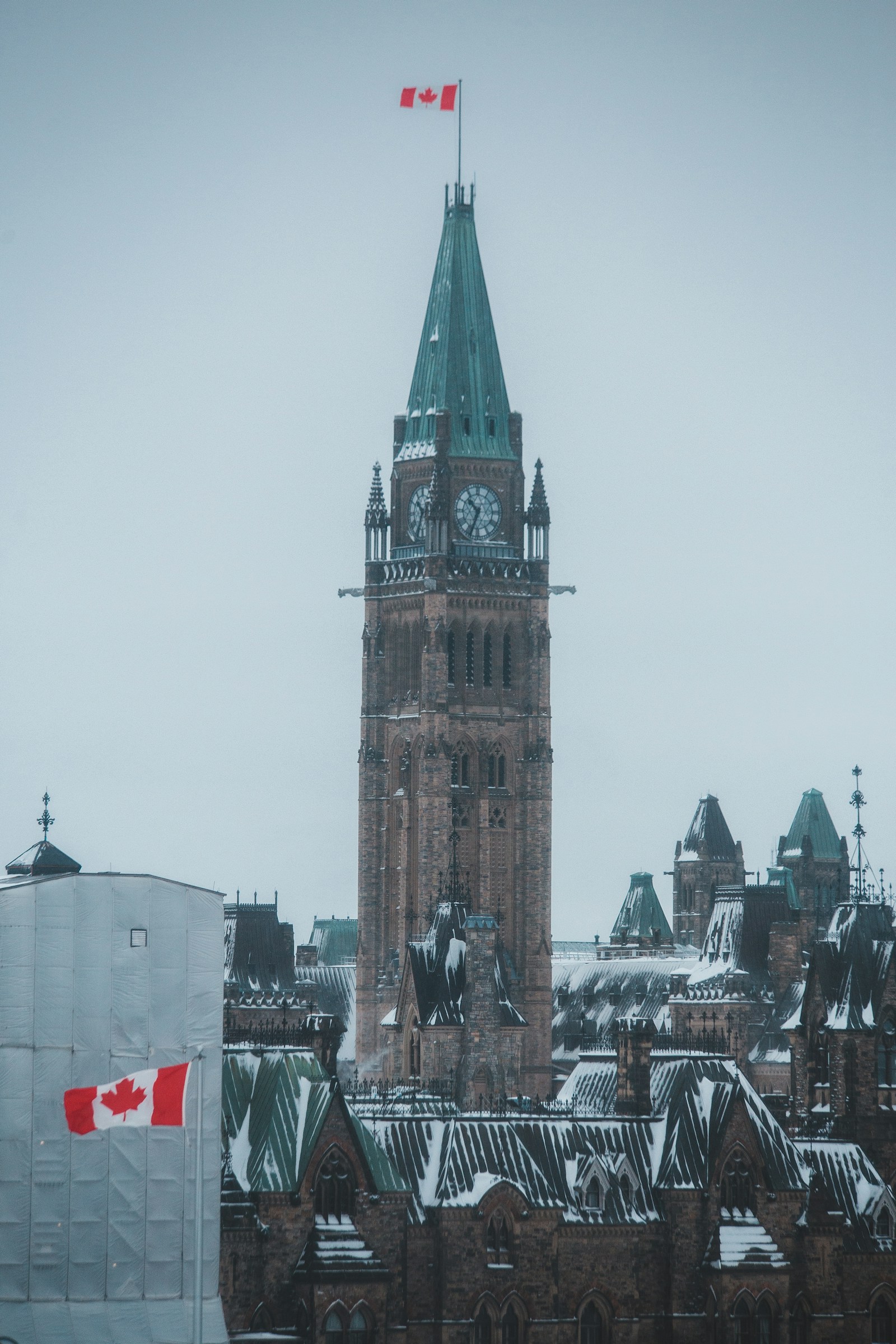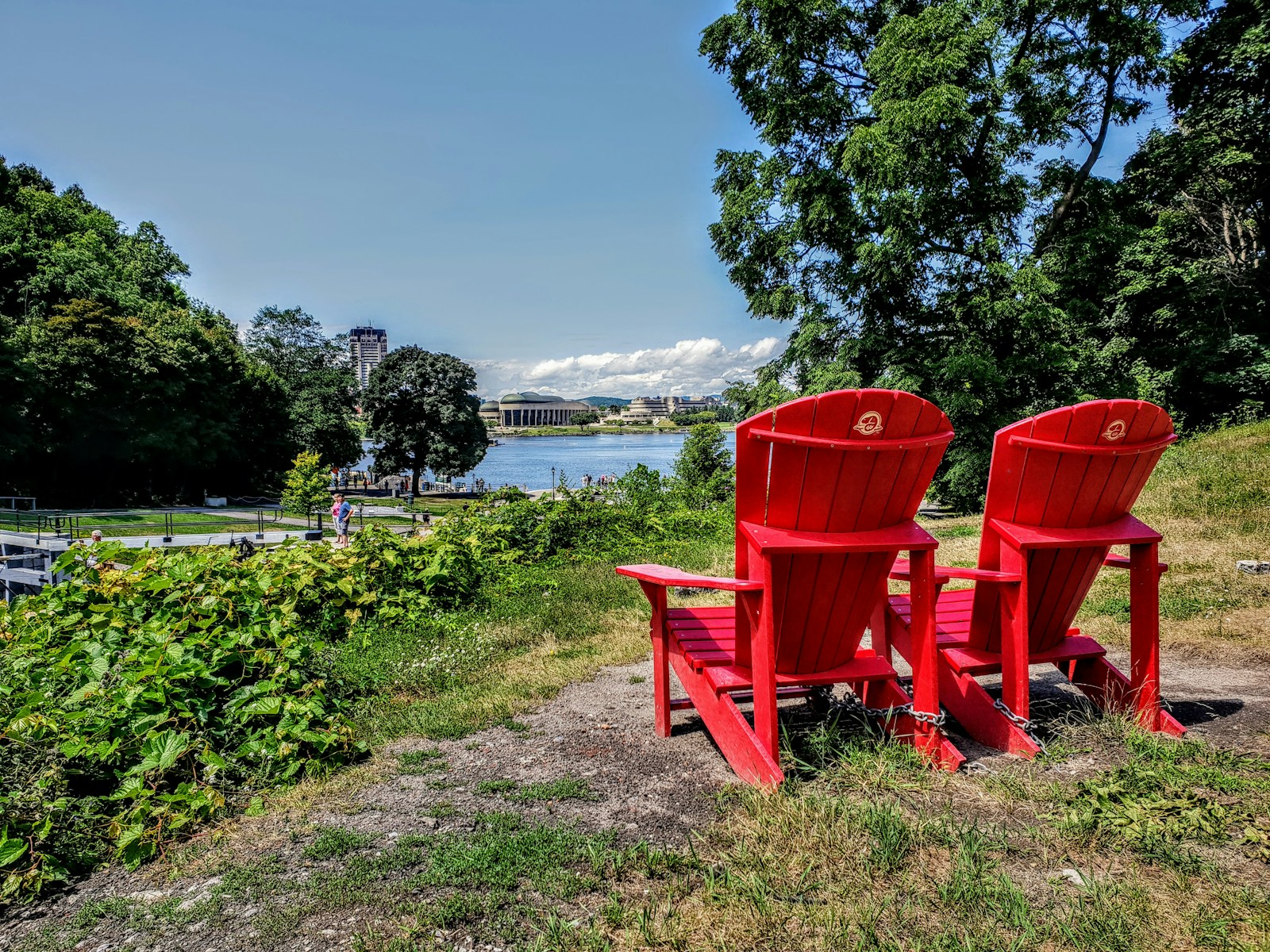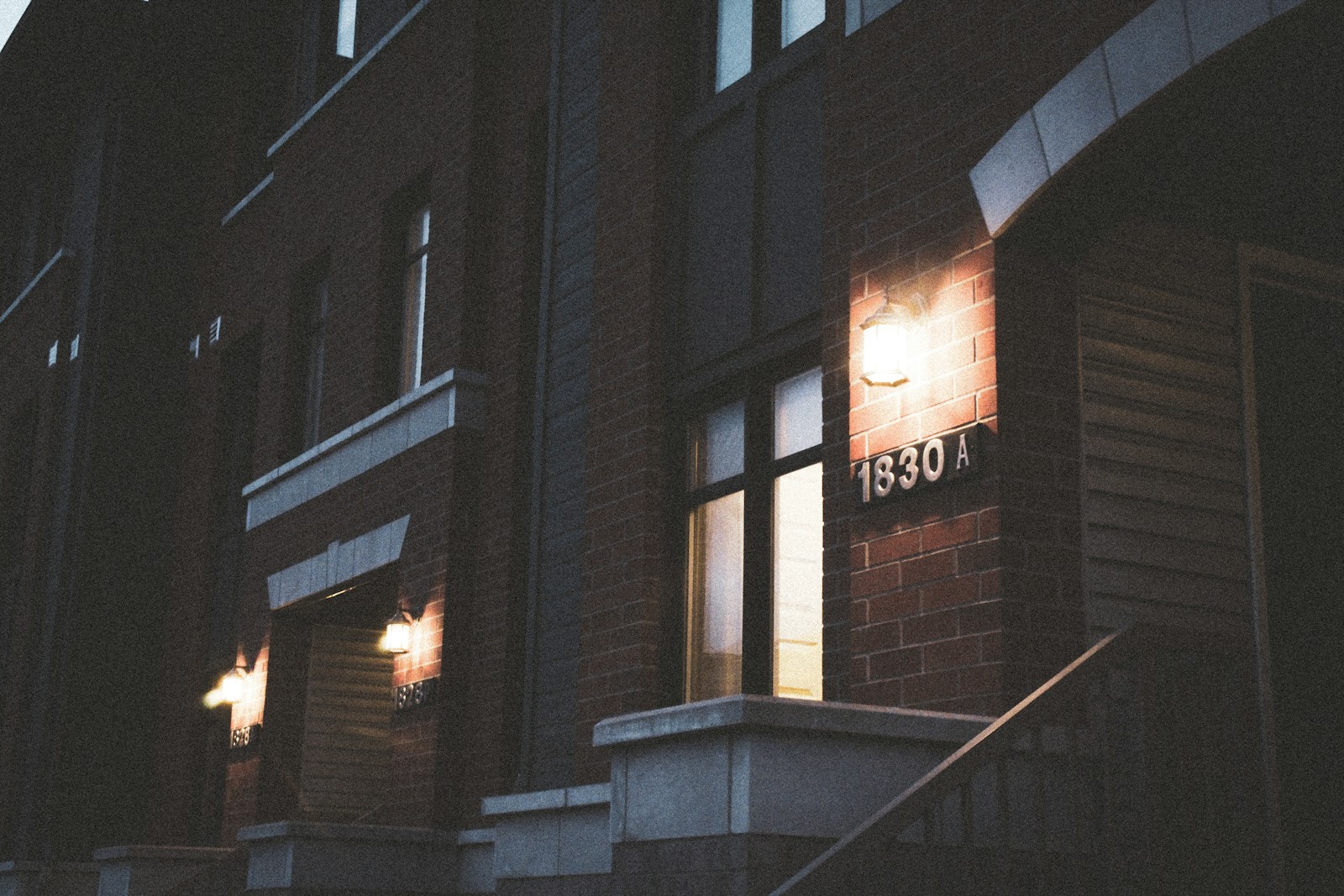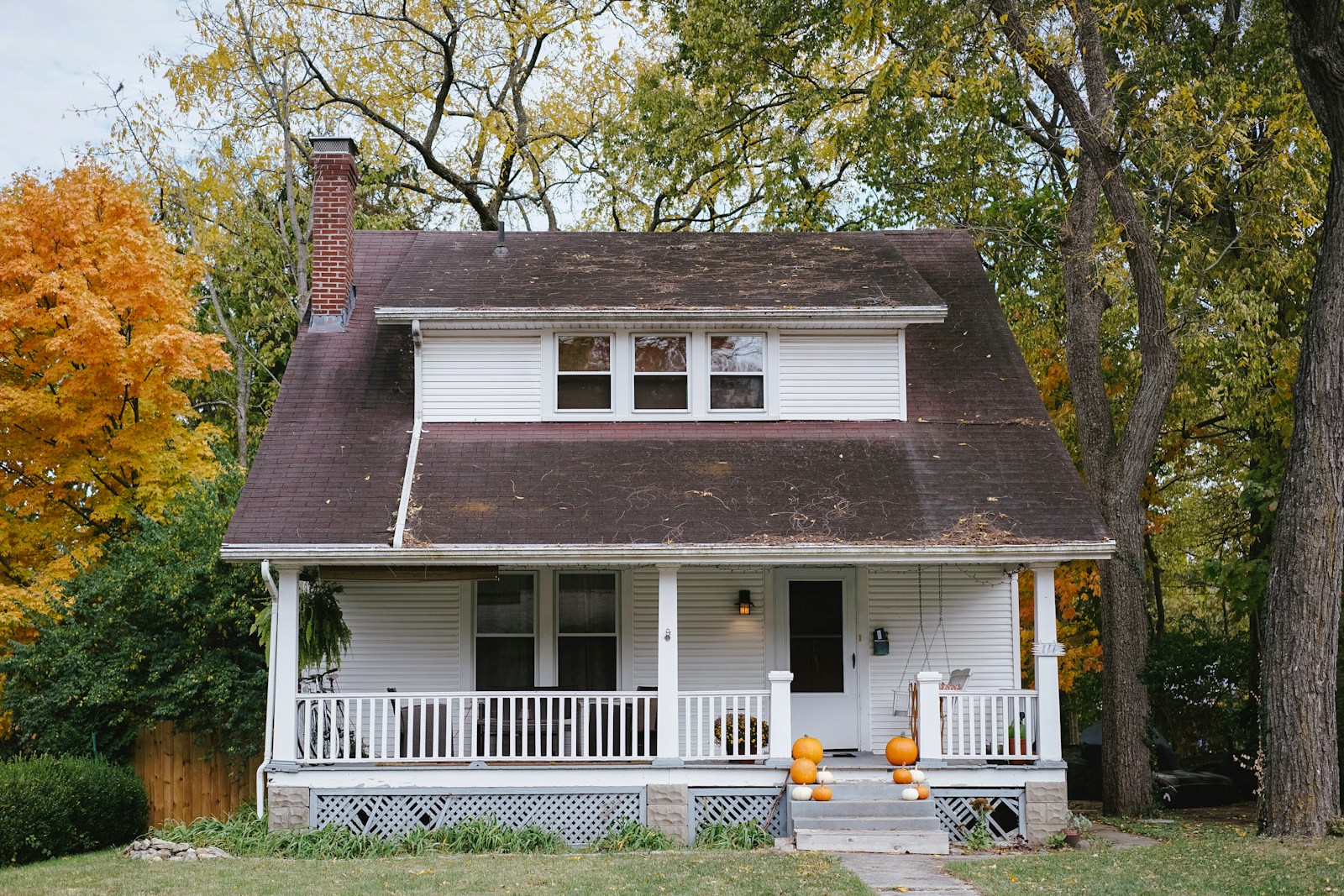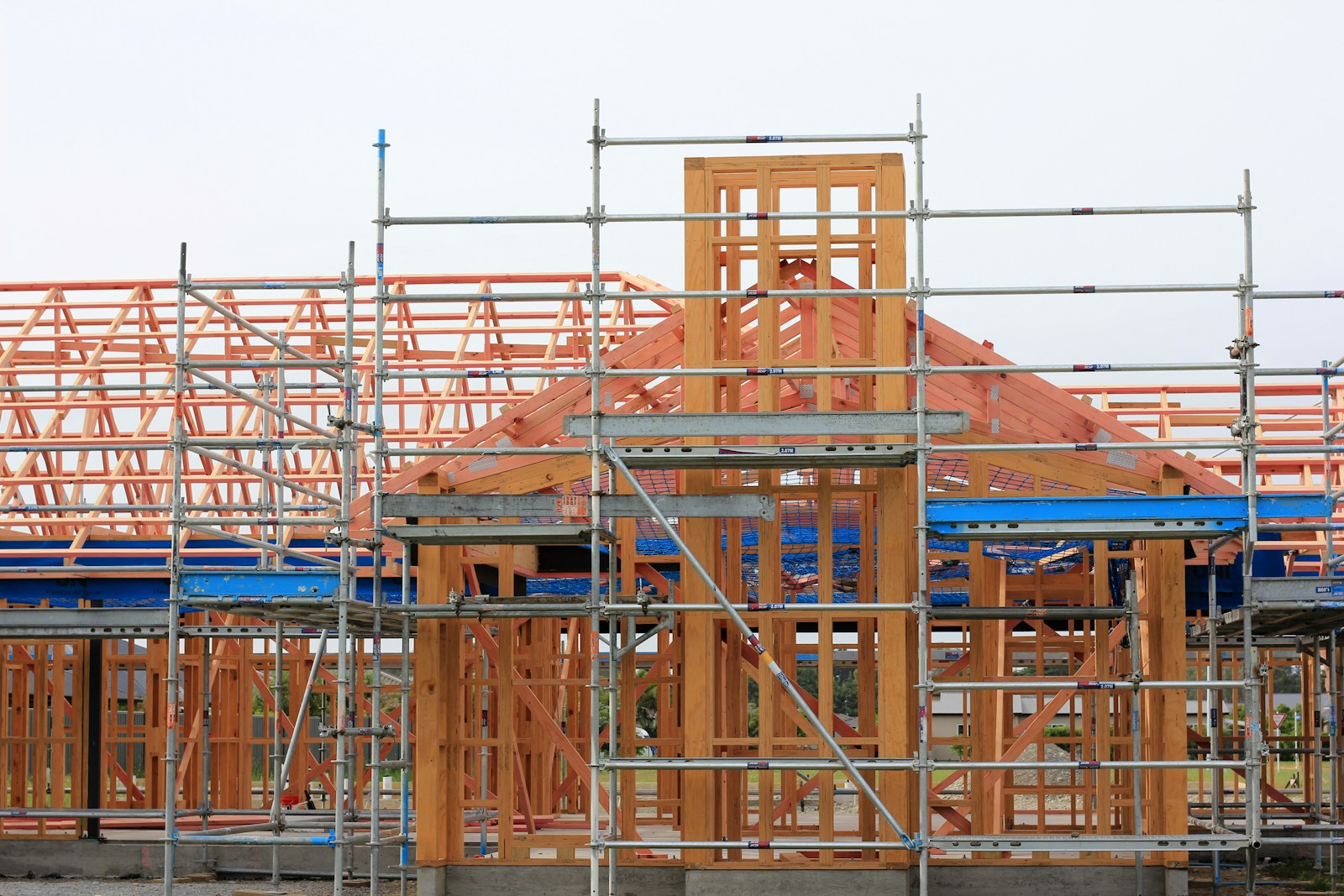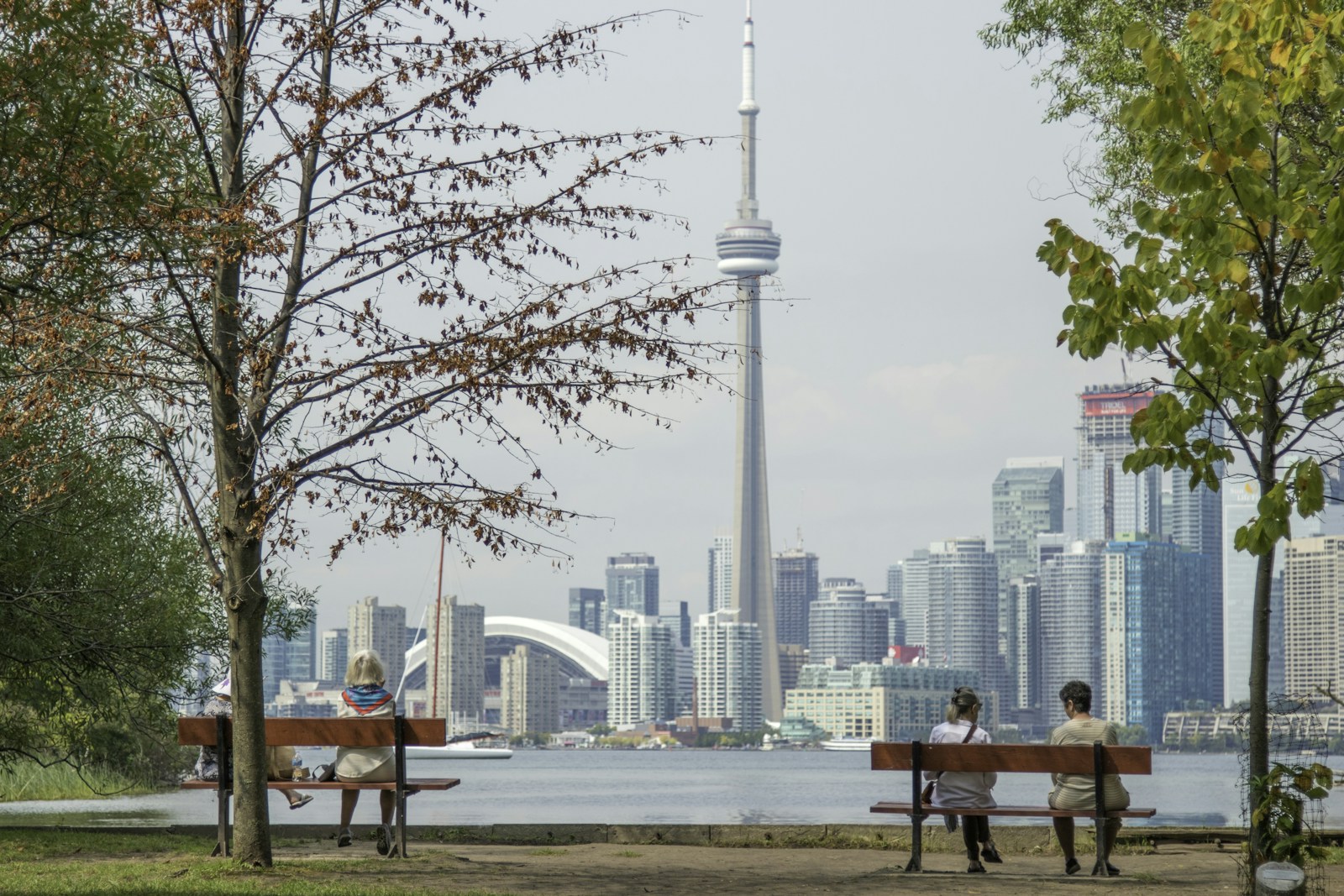Introduction – Why the Timeline Matters
Buying a home is one of the biggest financial decisions most people will ever make. One of the most common questions buyers ask is: “How long does it actually take to buy a home in Ottawa?”
The honest answer is—it depends. Your financial readiness, market conditions, and personal situation all play a role. This guide breaks down the realistic home-buying timeline in Ottawa, from early preparation to getting the keys.
1. The Short Answer: Average Home-Buying Timeline in Ottawa
For most buyers in Ottawa, the full process takes 3 to 6 months from serious planning to closing day.
Typical Timeline Breakdown
Preparation & pre-approval: 2–6 weeks
House hunting: 1–3 months
Offer to firm purchase: 5–10 days
Closing period: 30–60 days
Some buyers move faster, while others take longer—and both are completely normal.
2. Step One: Preparing to Buy (Before You Even Start Looking)
Mortgage Pre-Approval
Getting pre-approved usually takes a few days to two weeks, depending on how quickly documents are provided. This step:
Confirms your budget
Locks in a rate (for a limited time)
Strengthens your offers
Saving for a Down Payment
Many Ottawa buyers spend months or years saving before entering the market. Minimum down payments start at 5%, but higher amounts reduce monthly costs.
Understanding Your Budget
Beyond the purchase price, buyers must plan for:
Closing costs
Property taxes
Utilities and maintenance
Being clear on finances upfront prevents delays later.
3. Step Two: House Hunting in Ottawa
How Long the Search Usually Takes
Most buyers search for 4–12 weeks before finding the right home. This varies based on:
Neighbourhood preferences
Property type
Budget flexibility
Factors That Speed Up or Slow Down the Search
Faster searches happen when:
Buyers are flexible
Budgets match the market
Inventory is strong
Slower searches happen when:
Expectations are unrealistic
Inventory is limited
Buyers are unsure of priorities
4. Step Three: Making an Offer & Negotiations
Ottawa’s Offer Process
Once a home is found, offers are usually submitted within 1–2 days. Negotiations can take:
A few hours in competitive situations
Several days in balanced markets
Multiple Offers vs Balanced Markets
Ottawa often experiences:
Multiple offers on well-priced homes
More negotiation room on higher-priced or less central properties
This step is usually quick, but outcomes can affect the timeline if offers fall through.
5. Step Four: Conditional Period & Financing
Home Inspection
Most offers include a 5–7 day home inspection condition. Scheduling and reviewing results happens quickly but is crucial.
Financing & Appraisal
Final mortgage approval typically takes 3–7 business days, assuming documents are in order.
Delays here often occur if paperwork is missing or employment changes mid-process.
6. Step Five: Closing Day Timeline
Typical Closing Periods in Ottawa
Closings usually occur 30–60 days after the offer becomes firm. This allows time for:
Legal work
Mortgage funding
Title searches
What Happens Before You Get the Keys
Before closing, buyers must:
Finalize insurance
Sign legal documents
Transfer funds
Keys are released once everything is registered—often midday on closing day.
7. First-Time Buyers vs Repeat Buyers
First-time buyers: Often take longer due to learning curves and financial preparation
Repeat buyers: Typically move faster due to experience and existing equity
Both timelines are normal and valid.
8. Newcomers to Canada – Does It Take Longer?
For newcomers, buying a home in Ottawa often takes 2–5 years after arrival. This allows time to:
Build Canadian credit
Secure stable income
Understand neighbourhoods
Some newcomers buy sooner using special lender programs, but renting first is common.
9. What Can Delay the Buying Process
Common delays include:
Financing issues
Changing jobs
Unclear priorities
Inspection concerns
Legal or title complications
Most delays are avoidable with proper planning.
10. How to Buy Faster (If You Need To)
To shorten your timeline:
Get fully pre-approved
Work with local professionals
Be flexible on features
Have documents ready
Focus on readiness, not market timing
Speed comes from preparation—not rushing.
11. FAQs
Q1: What’s the fastest you can buy a home in Ottawa?
As fast as 30–45 days, if fully prepared.
Q2: Is 3 months realistic?
Yes, for motivated and prepared buyers.
Q3: Does market condition change the timeline?
Yes—inventory and competition matter.
Q4: Do condos take longer than houses?
Sometimes, due to document reviews.
Q5: Should I wait for the “right” time?
Personal readiness matters more than timing the market.
Q6: Is renting first a good idea?
Yes, especially for newcomers and first-time buyers.
Conclusion
Buying a home in Ottawa isn’t an overnight process—but it doesn’t have to be overwhelming either. For most people, the journey takes 3 to 6 months, with preparation playing the biggest role in success. Whether you’re a first-time buyer, newcomer, or move-up buyer, understanding the real timeline helps you plan confidently and avoid unnecessary stress.

